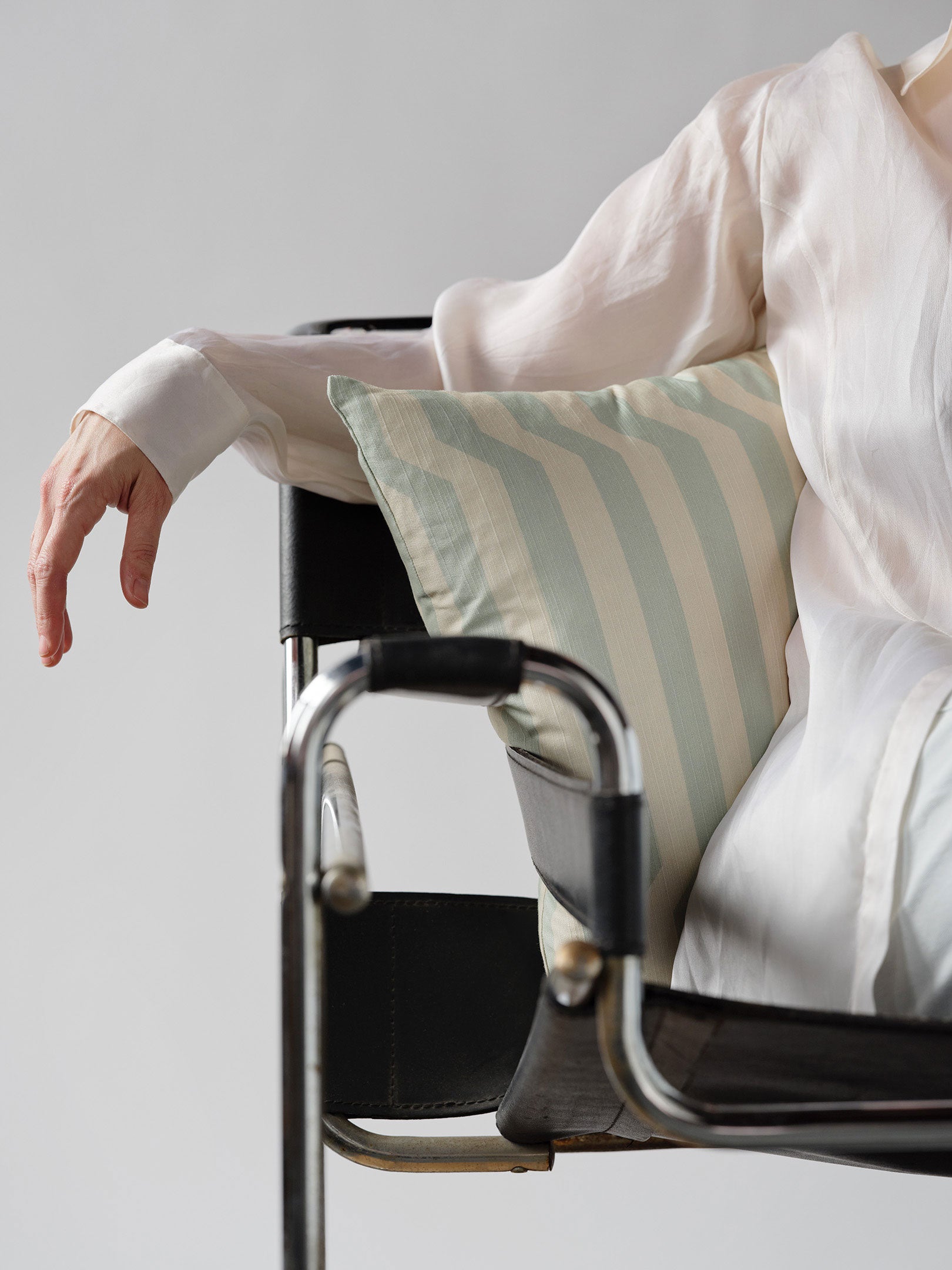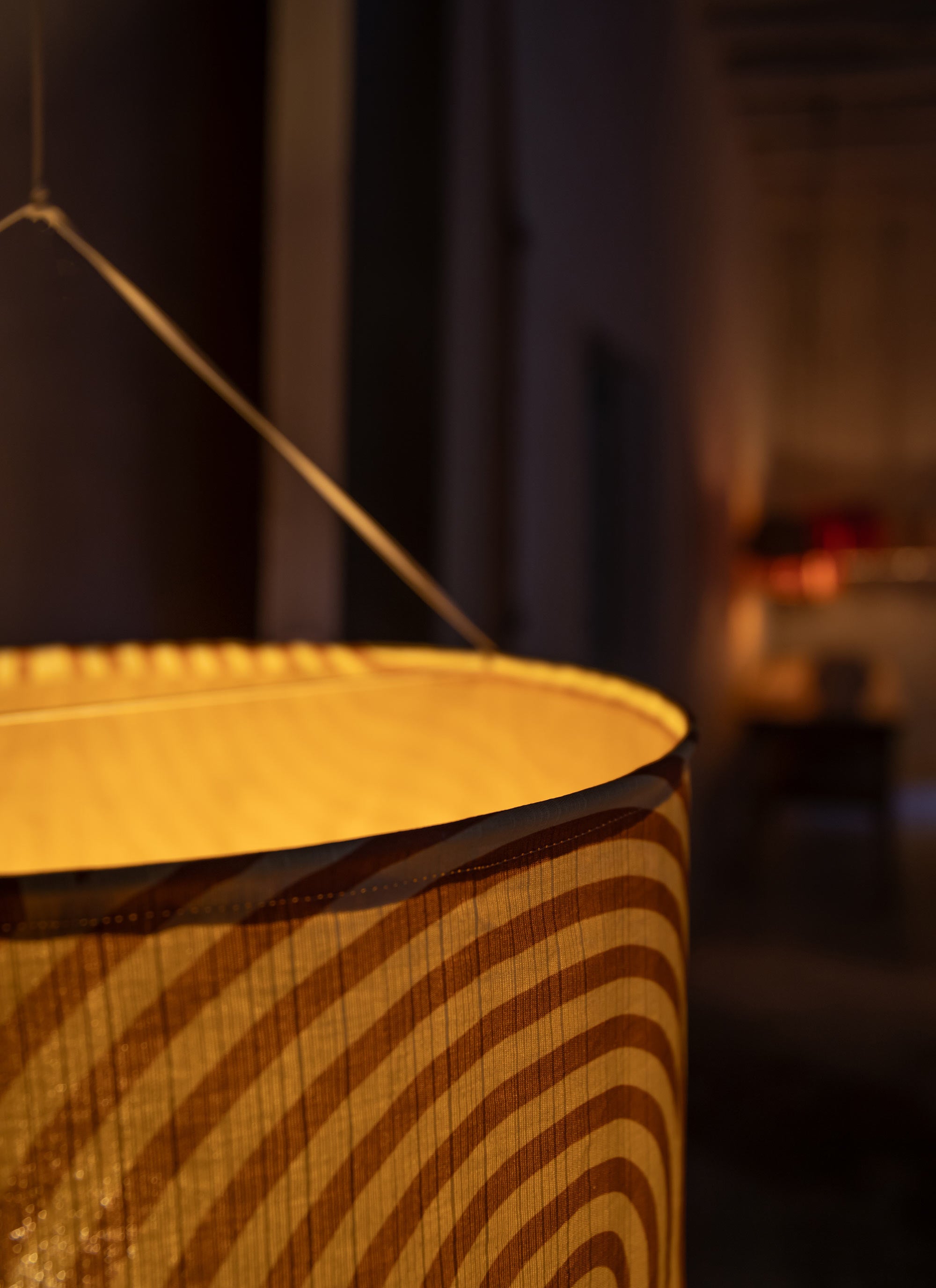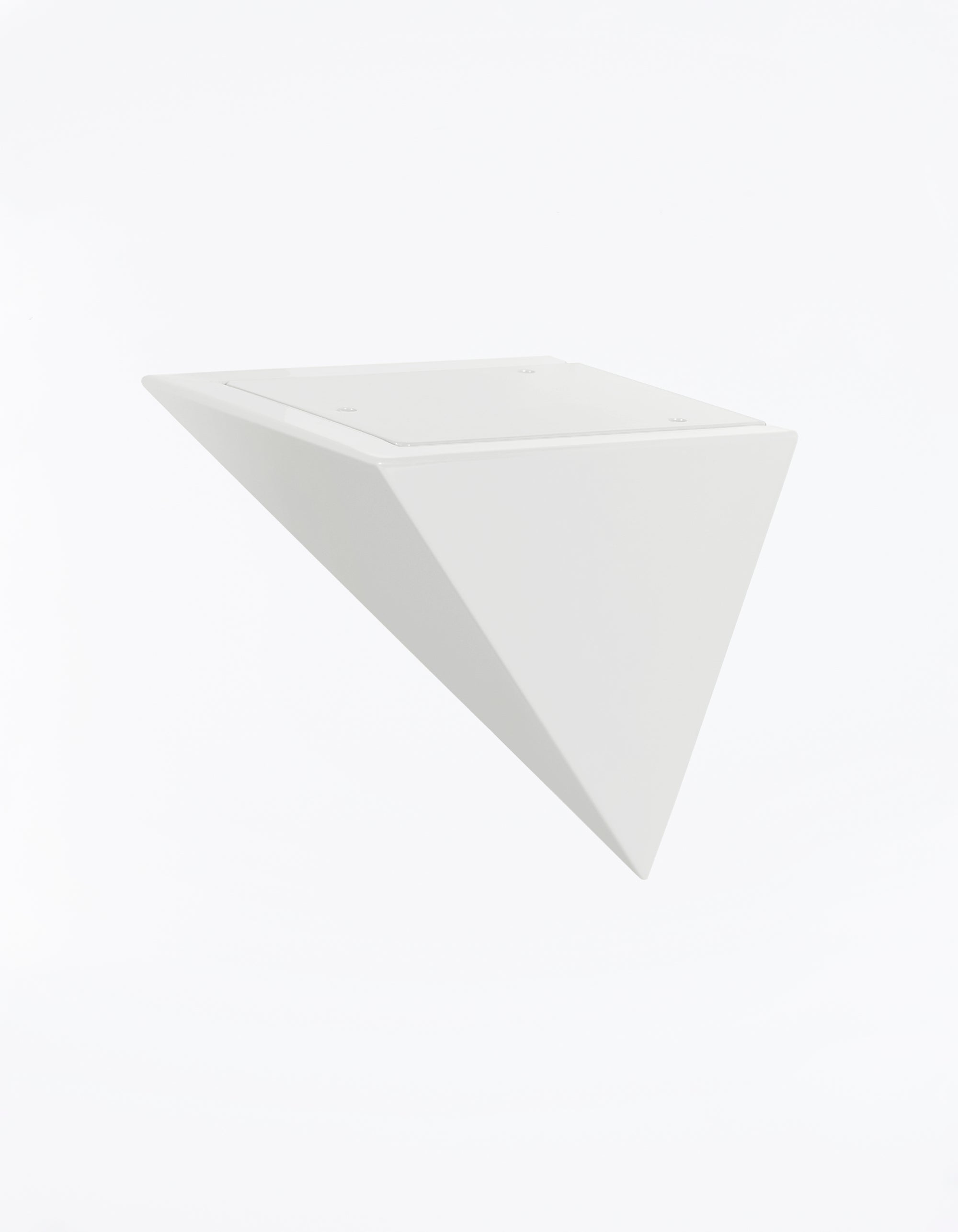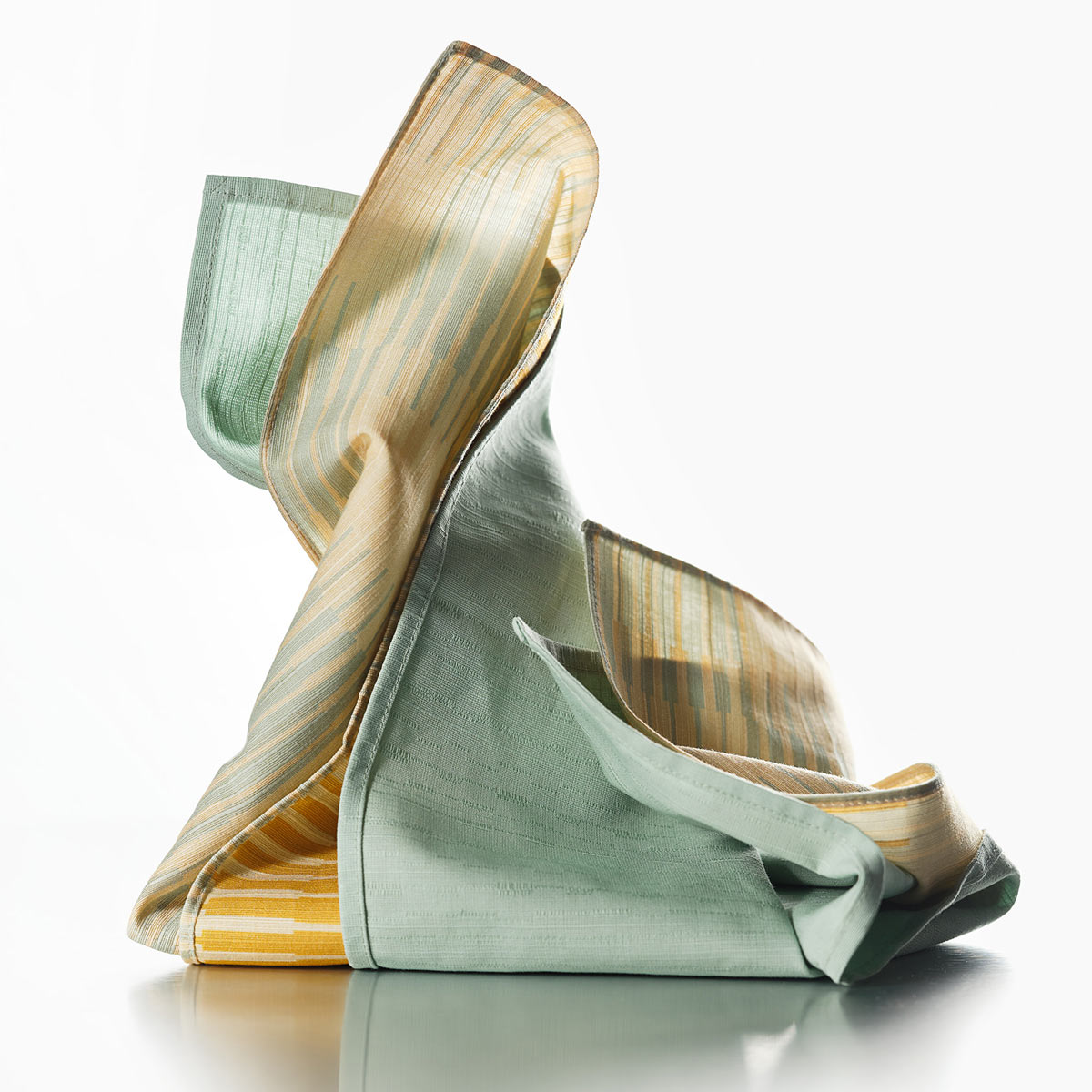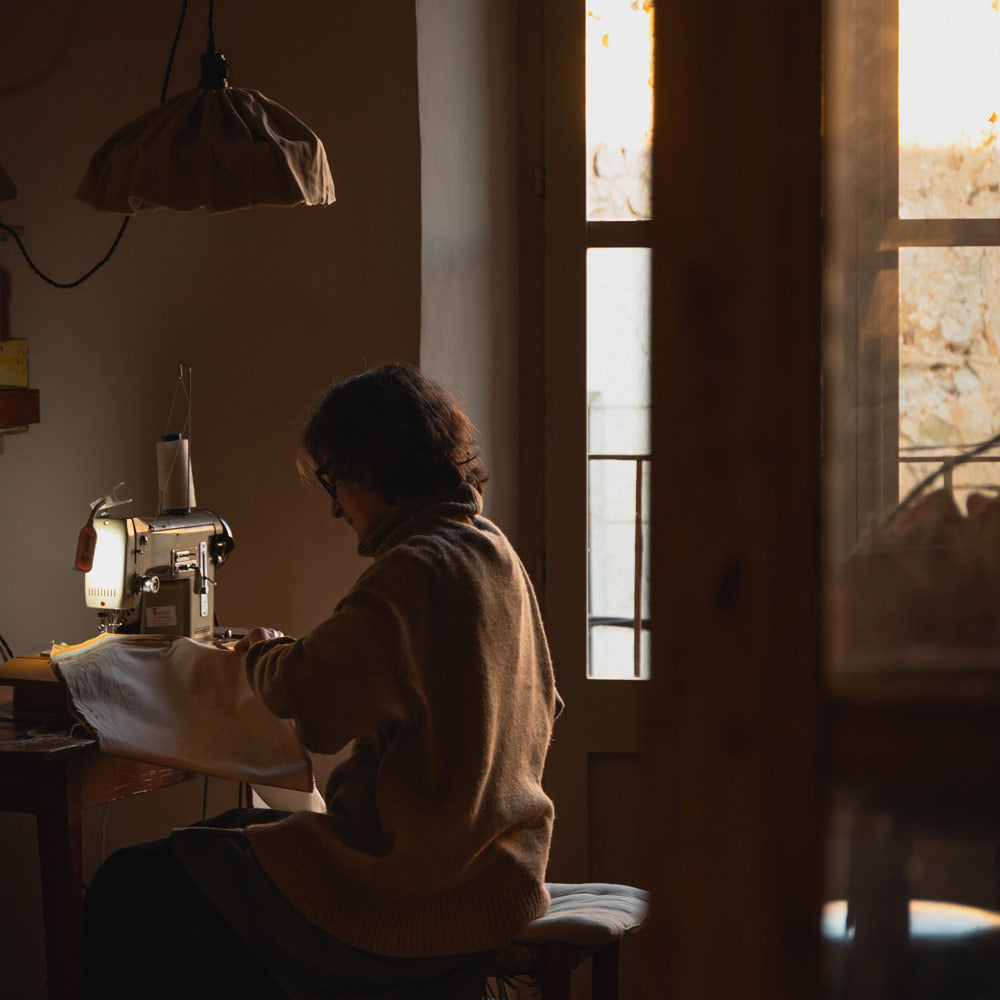Living in Sculpture: How to furnish an iconic architectural home?
The residential home, unencumbered by corporate needs or urban restriction, is an experimental architects dream. Owning one of these sculptural masterpieces is akin to moving into an art gallery. However, this dream comes with some decorating complications - how could a couch possibly fit into a work of art? We dove into the world's most architecturally acclaimed houses to find out how interior design is used to compliment and accentuate their features.
John Lautner's Elrod House

Leland Y. Lee, Elrod House - Hummingbird View, 1968
The Elrod House is at one with the Palm Springs desert, with an elaborate domed roof and sculptural legs carved from rock to match the landscape. The lines between indoor and outdoor are blurred as glass walls allow for panoramic views.
Let the view speak for itself.

Courtesy of: Nelson-Moe Properties/Coldwell Banker Residential Brokerage.
The Elrod House is all about the views - and its furnishing should not take away from that. Here, sandstone colored couches and rugs seamlessly blend with the rock formations both within and without the home.
Gerrit Rietveld's Schroder House

Courtesy of: Rietveld Schröder House (Centraal Museum collection, Utrecht).
Rietveld, a principle member of the Dutch De Stijl movement, took the art form's abstracted shapes and color theory to architecture for his 1924 home. The Utrecht residence is now a UNESCO Heritage site, but we like to imagine that the possibility of waking up within an expressionist icon is still on the table.
Don't ignore the architect's vision.

Architectural icons are much more than a residential home, they are livable works of art. In a home that practically jumped out of a De Stijl print, there is no other option than to furnish in the vision of the artist. Rietveld's famous Red and Blue Chair is the centerpiece of this living room, and it's never looked more at home.
Charles Deaton's Sculptured House

Courtesy of: Dwell Life, Inc.
"On Genesee Mountain I found a high point of land where I could stand and feel the great reaches of the Earth. I wanted the shape of it to sing an unencumbered song." - architect Charles Deaton on the Sculptured House's Rocky Mountain location and sleek design.
Highlight its signature accents.

Courtesy of: The Denver Post.
The Sculptured House is iconic for its rounded shape - and so its furnishing should compliment that signature feature. When the furniture matches the architectural form, highlight the curvature more with a contrasting pop of color. From the coffee table to the couch, every rounded finish accentuates the curve of this home in a subtle, yet satisfying form.
Frank Lloyd Wright's Hollyhock House

KCET Artbound, "That Far Corner: Frank Lloyd Wright in Los Angeles", 2015.
This home combines so many identifying features of a Frank Lloyd Wright home - prairie window panes, Mayan Revival exterior, wood paneled ceilings, interiors bathed in warm hues, and more.
Ask: what would the architect do?

Courtesy of: Hollyhock House, (Barnsdall Art Part Collection, Los Angeles).
Architectural icons are often drenched in the style of the architect, allowing you only one decor option: lean into it. Any other colors or shapes brought into this space would be overwhelming. Here, all of the wood furniture matches the existing paneling, while all of the design accents mirror the abstractions carved into the fireplace mantel and the sunroof windows.
